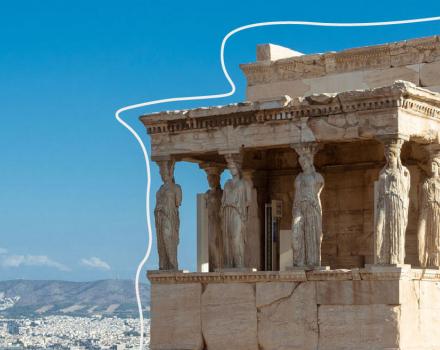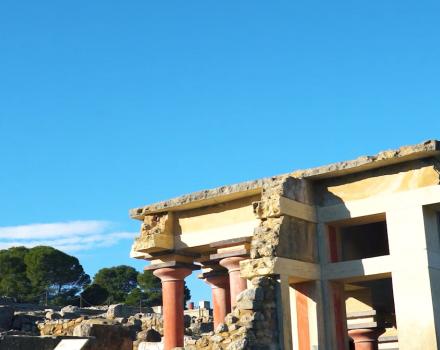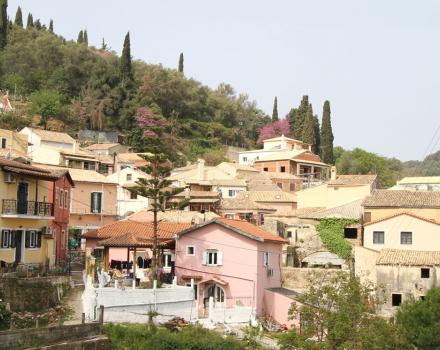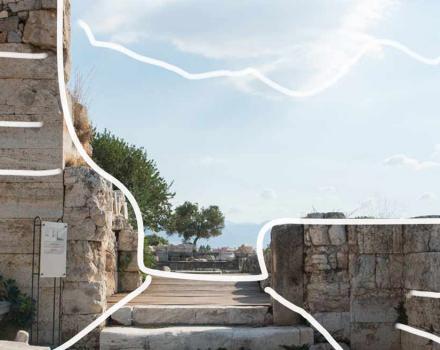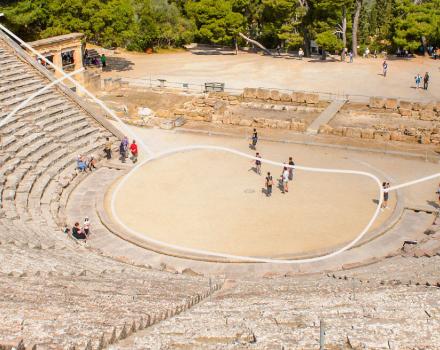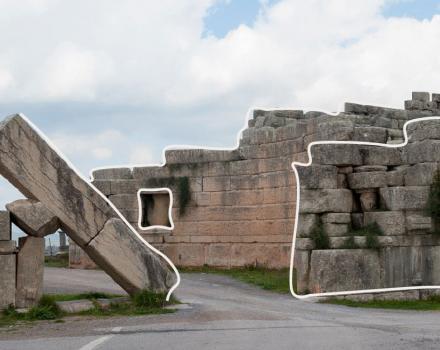It was April of 1483 when the bishop of Mainz, Bernhard von Breydenbach, began his pilgrimage from Venice to the Holly Lands. The Late Medieval Period was approaching its end, maintaining its religious climate, making the pilgrimage to the Holy Sepulchre, a sacred duty of every Christian. Breydenbach’s companions and fellow passengers on his galleon, Agostino Contarini, were other noblemen, well aware of the dangers in sea and land: storms, pirates, sicknesses and bandits. Midway stations before their final destination, Mount Sinai, where –among others- Corfu, Methoni, Chandax (Heraklion), Rhodes and Cyprus.
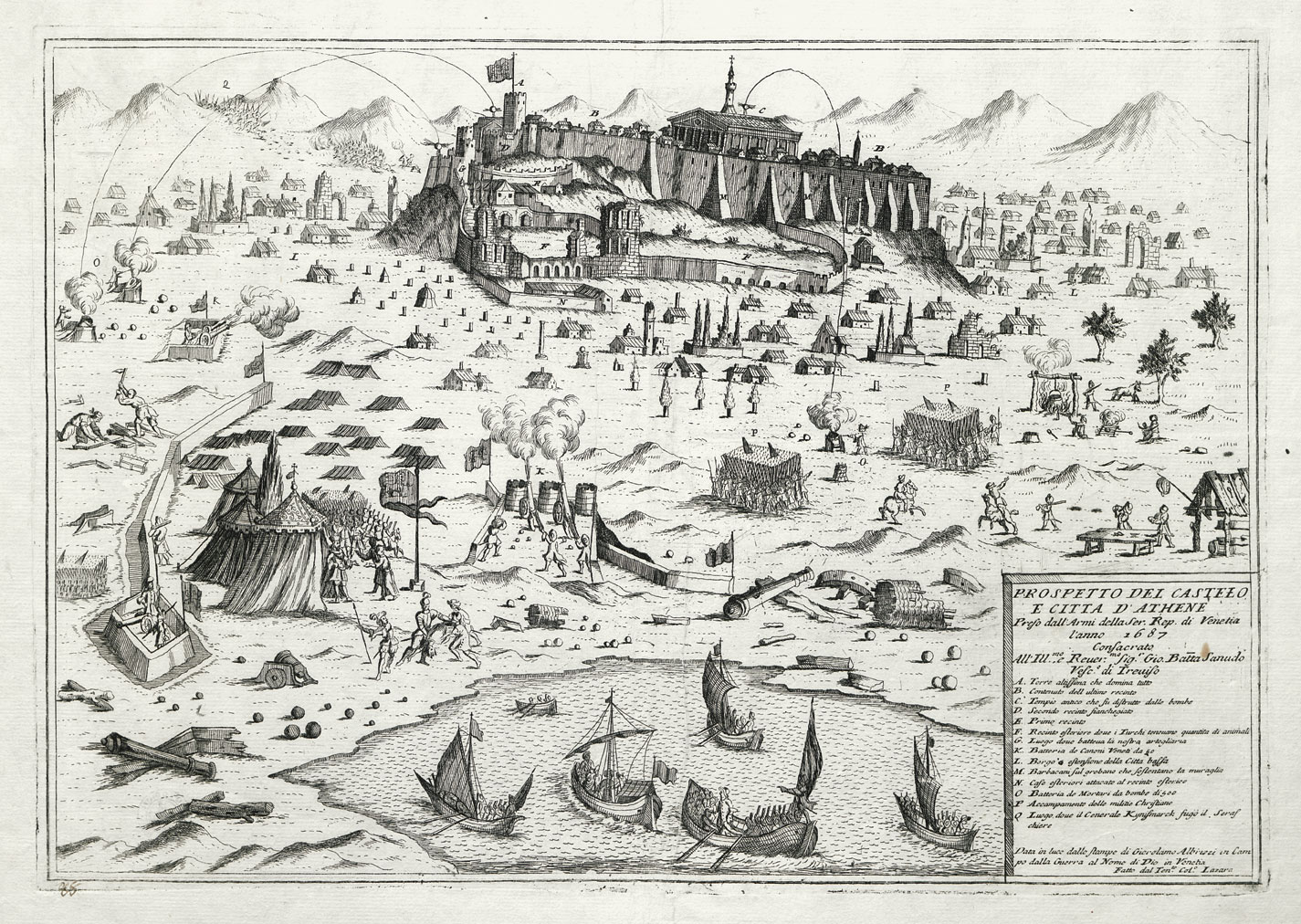
The book “Reise ins Hellige Land” was a valuable product of that journey, printed by Breydenbach in 1486, recounting his adventures. A memorial of early travel testimony, not only for its text but also for its illustration with engravings picturing landscapes, buildings and animals. Amongst them is the first realistic illustration of a Greek location: a colored engraving of Chandax. This unique possession could not be absent from the new exhibition of the Benaki Museum “Travels in Greece, 15th-19th cent.”, presenting the Efstration Finopoulos Collection to the public for the first time. The collection is consisted of rare travel literature artworks, maps and illustrations, which place it among the most important of its kind internationally.
Motives and interests
The travelers visiting Greece from the 15th until the 19th century are pilgrims, ambassadors, consuls, military, aristocrats, interpreters, merchants, artists, scientists and scholars. The image they conceived of this unknown, “other” place, in other words the truths they choose to capture, to ignore, to transmit, to beautify or alter, varies according to their motives, their interests, their ideologies and or course, the reason of their travels.
"With 20.000 volumes and 5.000 engravings, the Finopoulos Collection is placed among the most important collections of travel literature internationally.
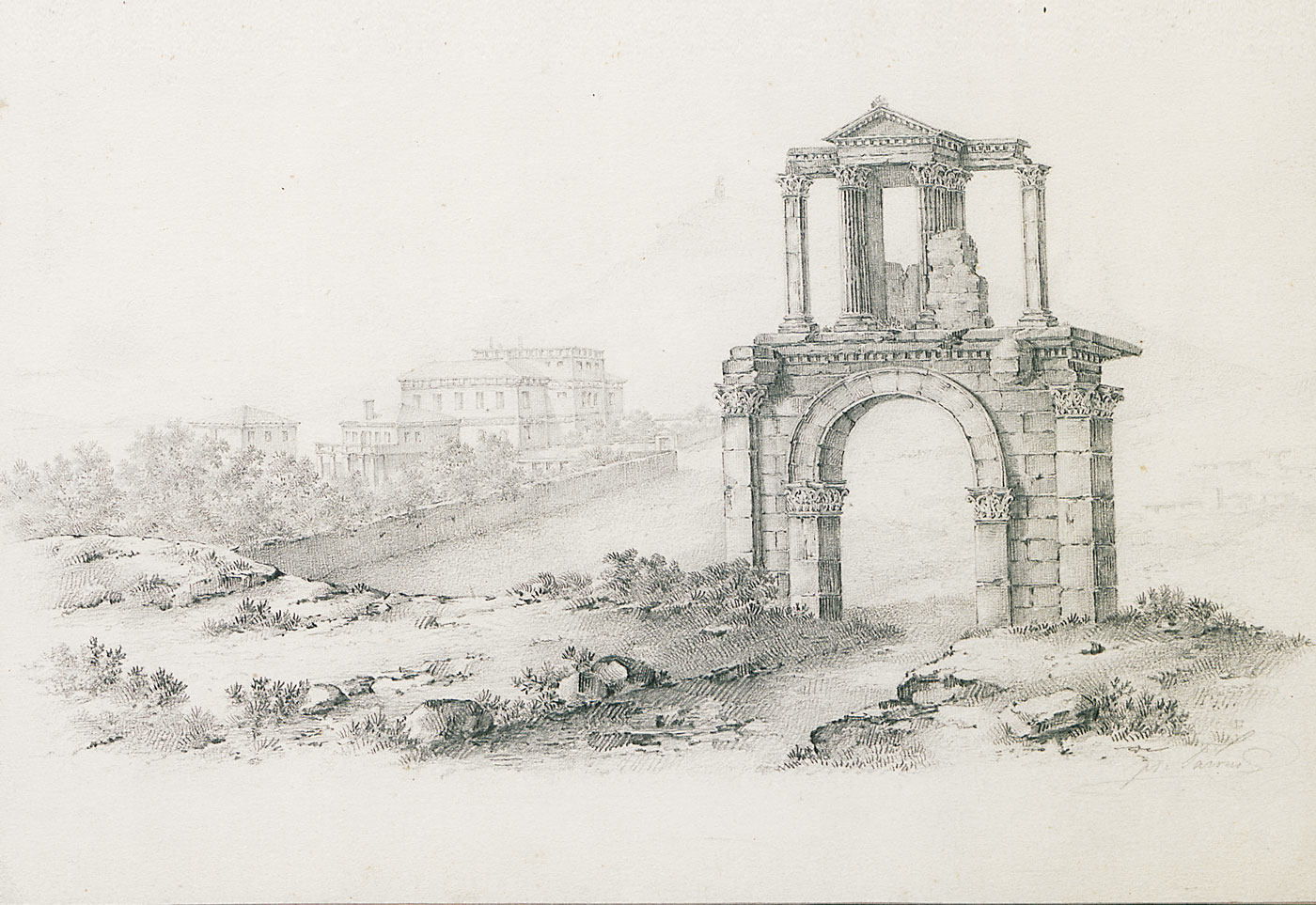
The illustrations made by the first travelers are simplistic and imaginary as we see in two artworks: an engraving presenting Athens as a European medieval city and an engraving with the monument of Lysikrates at a breaths distance from the sea. Starting from the 17th century, travellers aim for validity and their interest is not focused only on the lands but is also expanded on ancient monuments and the inhabitants of places they visit.
Renaissance and philhellenism
The turn of travelers’ interest is in accord with Renaissance that was manifested in literature and arts, and the, of different quality philhellenism, which reached its peak in the period of the Struggle for Independence. Amongst the exhibits, the visitor views a rare broadside representing the bombardment of Athens by Venician Morozini in 1687 and a portrait of Lord Byron that was published in 1824; the year of the passionate philhellene’s passing. An increased interest for the Greek Struggle was shown as well by the European press, as shown in an image of the Battle of Navarino (October 1827) published in a French magazine in 1829.
"The exhibition follows the changes in European travelers’ intake of Greece, presenting early imaginary illustrations but also artworks created at the peak of the philhellenism in Europe.
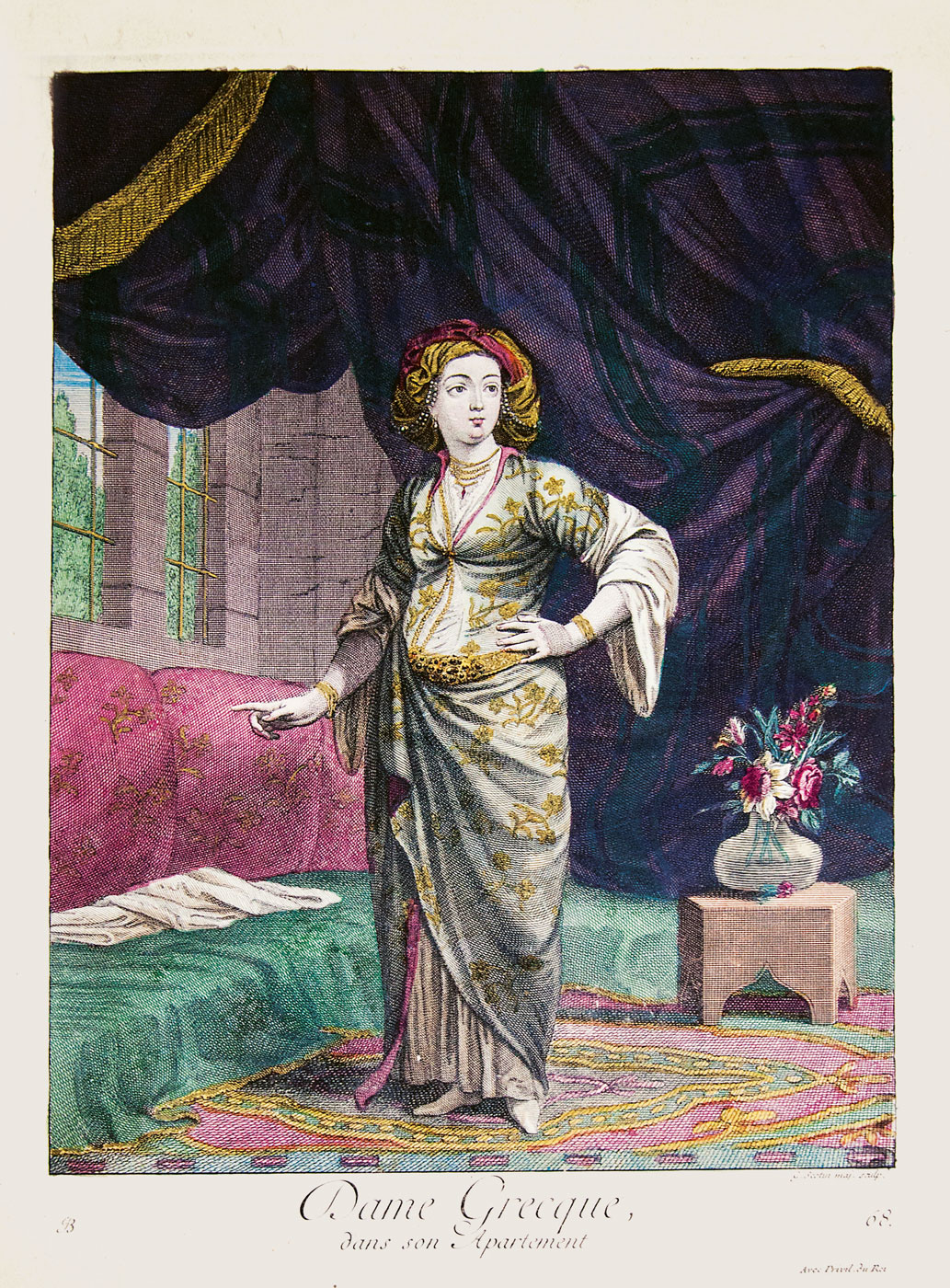
The two maps created by Alexandrian geographer, Claudius Ptolemy, artwork of whom were printed for the first time at the end of the 15th century, are exceptional exhibits as well. Impressive also are the publications with Ottoman and Greek costumes. From the cities views, exceptionally beautiful is the “Athens panorama”, from Karl Baedeker’s travel guide carrying the same name that was published in 1889: houses, mansions, monuments are illustrated with great clarity even in their smallest detail.

The Benaki Museum exhibition hall is adorned with an engraving of Chandax, a perfect scenery for the 200 artworks exhibited there. It is a happy exhibition, with humorous moments, in which the visitor explores under the sounds of a philhellenic composition by Austrian Hieronymous Payer. The musical score is from 1830 and belongs to the Finopoulos Collection. The piece is performed by conductor and pianist, Zoe Zeniodi. Curation of the exhibition is by the researchers of the collection: Maria Xenariou, Mikra Palioura, and Konstantinos J. Stefanis.
The collector and his collection
Efstathios Finopoulos began compiling his collection in the beginning of the 1960s, by buying books from an outdoor antiques dealer on London’s Farrington Road. His first possession of Greek importance was the 3rd volume of J. Stuart’s and N. Revett’s “The Antiquities of Athens”, priced at 4 pounds. Since then, the search for old books of travel and cartographic character became his daily habit, resulting in a staggering collection of over 20.000 volumes and 5.000 engravings. His criteria for purchase ware the affordable prices and, one of the most distinguished characteristics of his collection, the multiple copies of some books (consecutive editions and various translations of the same book).
Information: Exhibition “Travels in Greece, 15th-19th cent.”, Benaki Museum, 1 Koumbari St., Athens. Duration until the 29th of April, 2018.

Copper engraving. Ignace Mouradja d’Ohsson, Tableau général de l'Empire Othoman…,Tome second, Del’Imprimerie de Monsieur, Paris 1790. Deluxe edition, without annotation (“before letters”) which belonged to the King of Sweden, Charles Bernadotte XV. Benaki Museum – The Efstathios Finopoulos Collection.
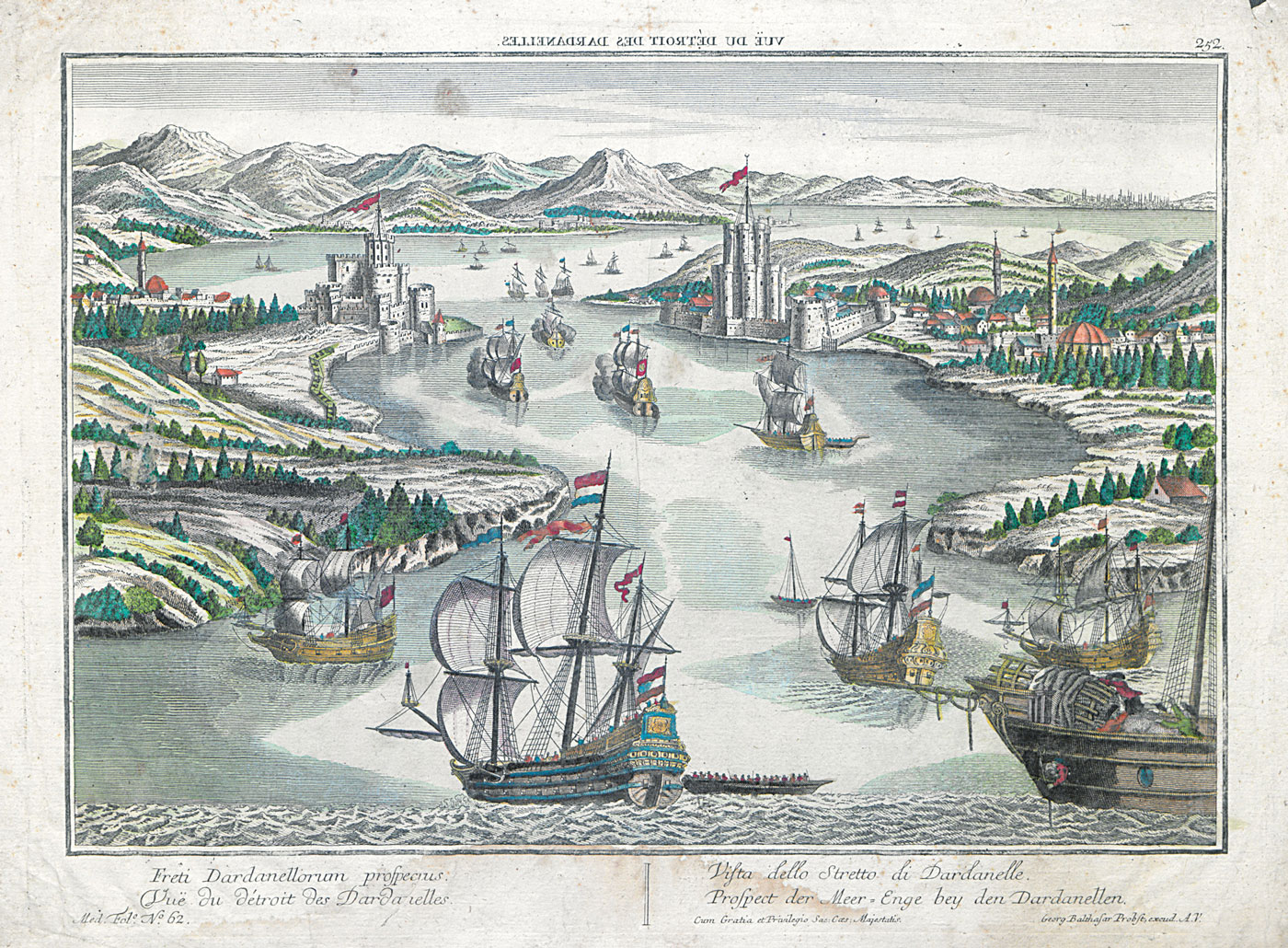
Benaki Museum – The Efstathios Finopoulos Collection.
Daily was also the research that the collector did and keeps on doing for each of his possessions, developing in one of the best conversants with travel topics and publications. In 2013, the Finopoulos Collection was donated to the Benaki Museum under the collector’s supervision. The wealth of this material was recorded on a complex data base, which includes in-depth analysis of the books, in thematic indexes and information on the travelers and the voyages.


